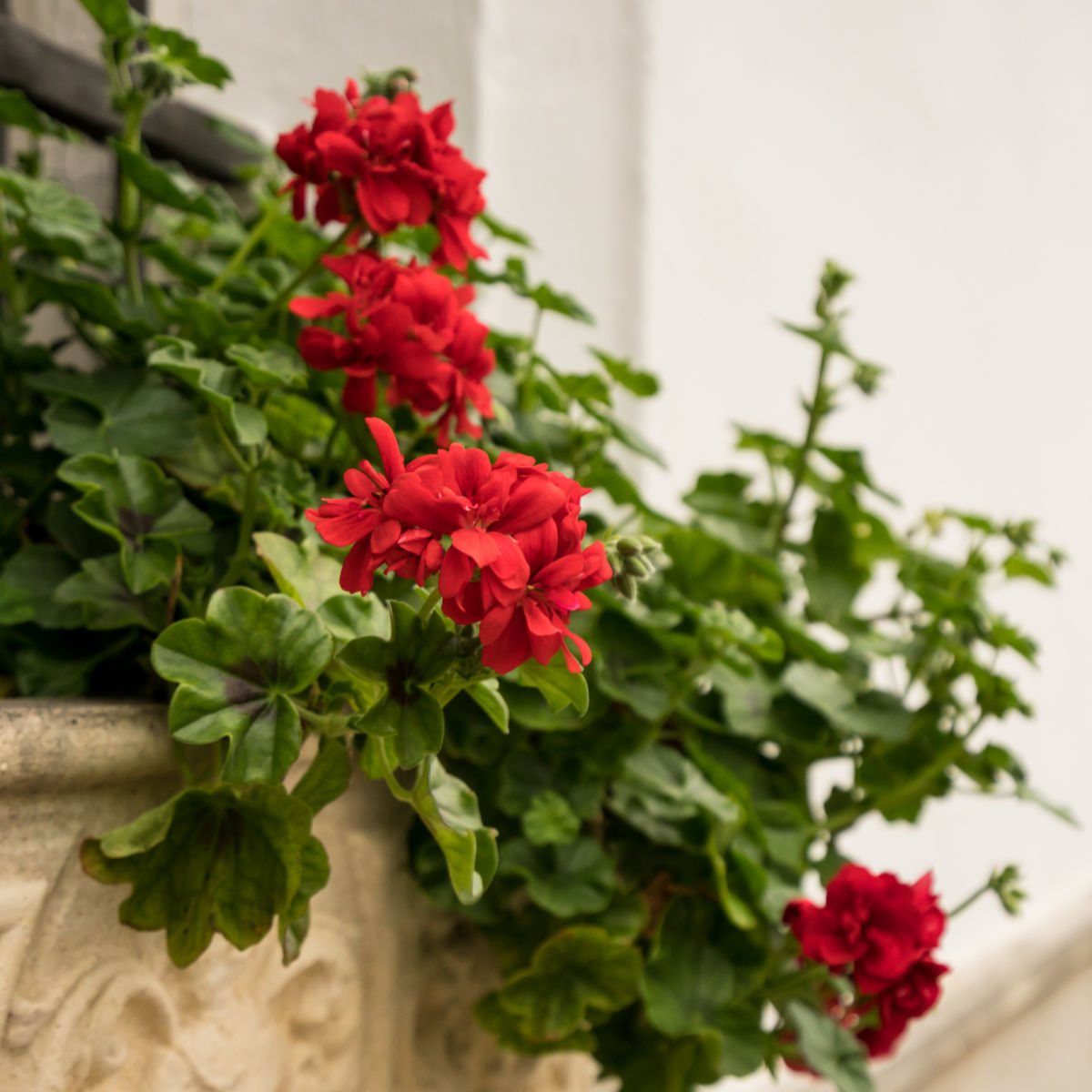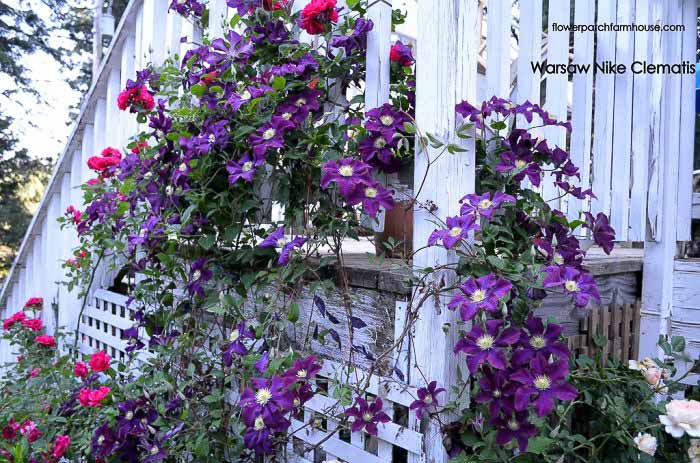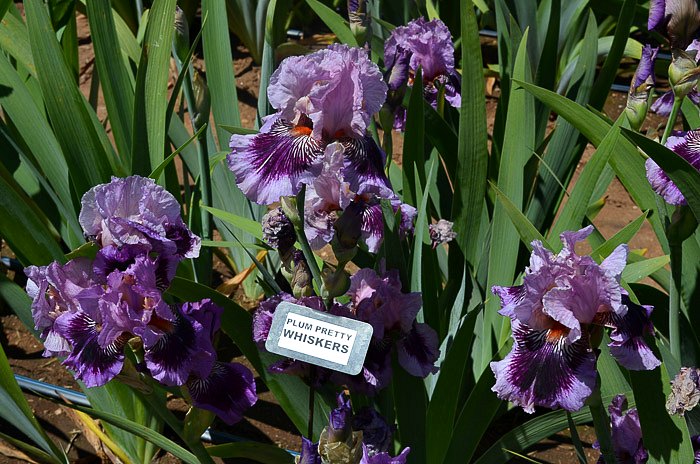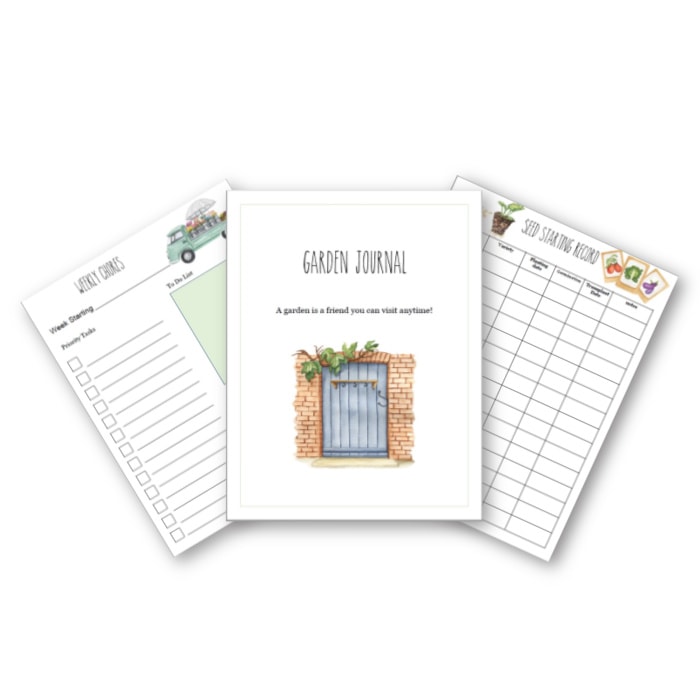Luscious Lupines!
“How to Grow Gorgeous Lupines Your Ultimate Guide to Growing!”
Welcome to the world of lupines, where vibrant colors and cheerful blooms take center stage in your garden!
Lupines are stunning perennials that can bring joy to any outdoor space with their colorful spikes of flowers.
If you’re eager to learn how to grow lupines in your own backyard, you’re in the right place! In this guide, I’ll share tips on how to cultivate these delightful flowers and make your garden burst with happy color.
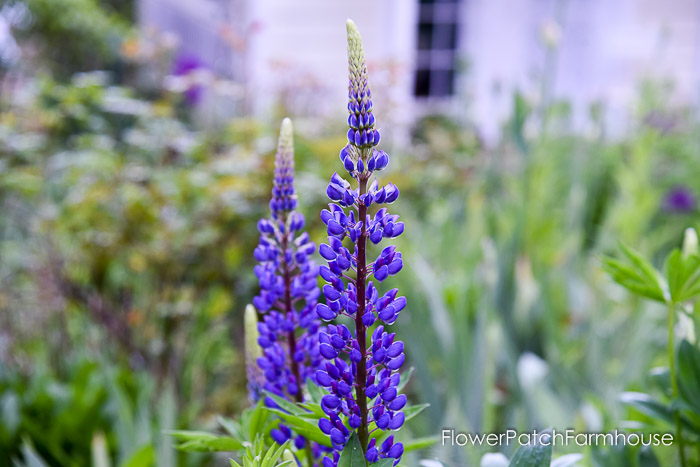
This post contains affiliate links. If you make a purchase after clicking a link I may make a small commission at no added cost to you.
Why Choose Lupines?
Lupines are a popular choice among gardeners for several reasons.
First, their vibrant flowers come in a wide range of colors, from bold blues and purples to pinks, yellows, and whites, making them perfect to brighten your garden.
Some grow taller and some are on the shorter side. The taller spikes of flowers create a height that provides a sense of depth in your landscape.
Another reason to choose lupines is that many are perennials, which means they come back year after year, providing you with long-lasting beauty in your garden.
They are also relatively low-maintenance once established, making them a great option for busy gardeners or those new to gardening.
Plus, lupines are a favorite of pollinators like bees and butterflies, helping to support the health and vitality of your garden ecosystem.
Lupinus includes hundreds of species, many are native to North America. You can find them both in the wild and in gardens across the country.
(the bloom of Texas Bluebonnets (lupines) in the Hill Country of Texas every Spring is just gorgeous!)
Personally, I grow many as capture plants, meaning they are a favorite of aphids. The aphids are attracted away from more vulnerable plants to the lupines which can usually withstand the attack until beneficial insects come to eat them.

Another great reason to grow lupin flower is being that they are part of the pea family they help your soil rather than deplete it.
Getting Started with Lupines
Now that you’re ready to embark on your lupine-growing adventure, let’s go over the basics of how to get started.
- Choose the Right Location: Lupines prefer to grow in moist yet well-draining soil, they even like it a bit sandy. They enjoy the cooler temperatures of Spring and early Summer.
They thrive in areas with full sun to partial shade, so choose a spot in your garden that receives ample sunlight throughout the day. - Prepare the Soil: Before planting lupine seeds or seedlings, prepare the soil by removing any weeds or debris and loosening the soil to a depth of about 12 inches.
If you haven’t already created rich organic soil in your garden you can mix in some compost or well-rotted manure to improve soil fertility and drainage.
The added beauty of growing lupines is they help fix nitrogen in the soil! Organic REV can help you give them a jumpstart too. - Planting Lupines: If you’re starting lupines from seeds, sow them directly into the prepared soil in early spring or fall, following the packet instructions for spacing and depth.
To aid germination soak the seeds overnight before sowing. (I sow them in Fall and they do great without soaking and they get the cool period over winter that makes for superior germination)
If you’re planting lupine seedlings, dig a hole that is slightly larger than the root ball and place the seedling in the hole, covering the roots with soil.
It is advised to plant the seedlings at 4-6 weeks after germination as they have not grown the long tap root yet that can get damaged in transplanting.
Botanical Interests carry some stunning varieties. I like the Pixie mix for its more petite nature.
I often Winter Sow the seeds in containers and they do beautifully! - Watering and Care: Keep the soil consistently moist, but not waterlogged, during the growing season, especially during hot and dry periods.
Avoid overhead watering, as lupines are susceptible to powdery mildew.
Mulching around the base of the plants can help retain moisture and suppress weeds. Once established, lupines are relatively drought-tolerant. - Supporting Lupines: Some varieties of lupines grow tall and produce heavy flower spikes, they may require staking to prevent them from toppling over.
Use bamboo stakes or other support structures to prop up the plants and keep them upright. I use these inexpensive tomato cages to create plant supports. - Pruning and Deadheading: After the flowers have faded, you can deadhead the spent blooms to encourage more flowers to bloom and extend the flowering season.
How long they will bloom depends on the variety and your growing conditions.
In the fall, you can cut back the foliage to the ground to tidy up the plants for winter.
Some recommend leaving it to Spring. I personally, cut it back in Fall as by the time they have completed their bloom season they developed ugly powdery mildew. - Pest and Disease Management: Lupines are generally resistant to pests and diseases, but keep an eye out for aphids, slugs, and powdery mildew.
I already mentioned I often use the lupines as a capture plant for aphids but if they are making a true mess of the plant before the predatory beneficial bugs show up I will give them a blast of water from the garden hose to knock them down a bit.
I do not use any pesticides, even organic ones, as my garden is a butterfly haven, and any products like that are a threat to them.
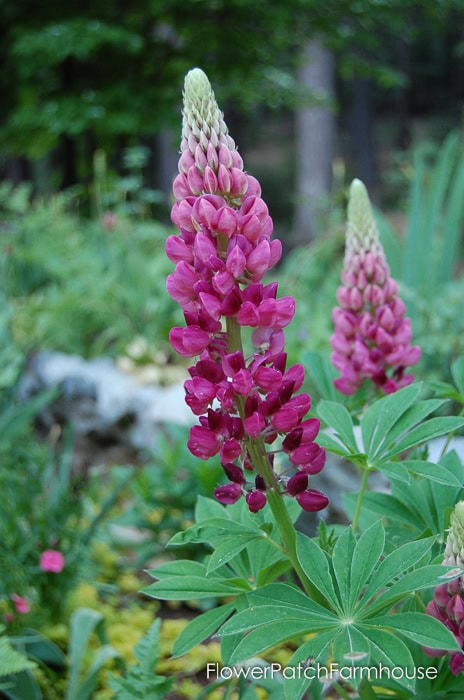
Enjoying the Beauty of Lupines
As your lupines grow and bloom, you’ll be rewarded with a stunning display of colorful flowers that will brighten up your garden and bring joy to your heart. Here are some ideas for enjoying the beauty of lupines:
- Cut Flowers: Lupines make for excellent cut flowers, so don’t hesitate to bring their beauty indoors. Cut the flower spikes just as the lower flowers start to open, and place them in a vase of water for a stunning floral arrangement that will add a touch of elegance to your home.
- Garden Borders: Planting lupines in garden borders can create a striking focal point with their tall spikes of flowers. Pair them with other perennials, such as delphiniums, daisies, or echinaceas, for a colorful and eye-catching display.
- Cottage Gardens: Lupines have a cottage-garden charm that complements the informal and romantic style of this type of garden. Plant them alongside other traditional cottage-garden favorites like roses, foxgloves, and peonies for a whimsical and nostalgic look.
- Wildlife Gardens: Lupines are a favorite of pollinators like bees and butterflies, making them an excellent addition to wildlife gardens. By planting lupines, you can attract these beneficial insects and provide them with a source of nectar and pollen.
In addition to their visual appeal, lupines also have a rich cultural history. They are often associated with the rugged landscapes of the American West and are sometimes referred to as “wildflowers of the mountains.”
We have them growing wild all up and down the mountain here where I live. This is a wild lupine up at the 7000-foot elevation.
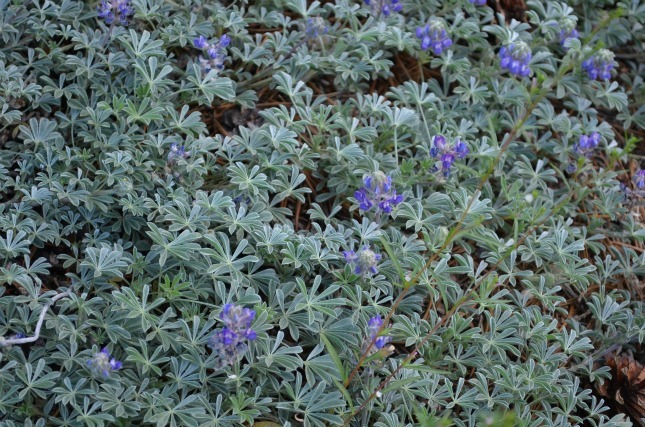
Lupines have also been used medicinally by indigenous peoples for their purported healing properties, and their seeds have been used in culinary applications in some cultures.
Though be warned that some varieties are poisonous to livestock. On an up note they are deer resistant.
With their stunning blooms, low-maintenance nature, and pollinator-friendly qualities, growing lupines can be a truly rewarding experience for any gardener.
Whether you’re a seasoned gardening pro or a beginner with a green thumb, adding lupines to your garden can bring a sense of joy and beauty that will make your garden come alive with color and happiness.
So, roll up your sleeves, grab your gardening gloves, and get ready to plant some lupines in your garden! If you have the right conditions they may reseed themselves in your garden.
If they sprout in the wrong place just transplant the seedlings while very small to new locations. Free plants!
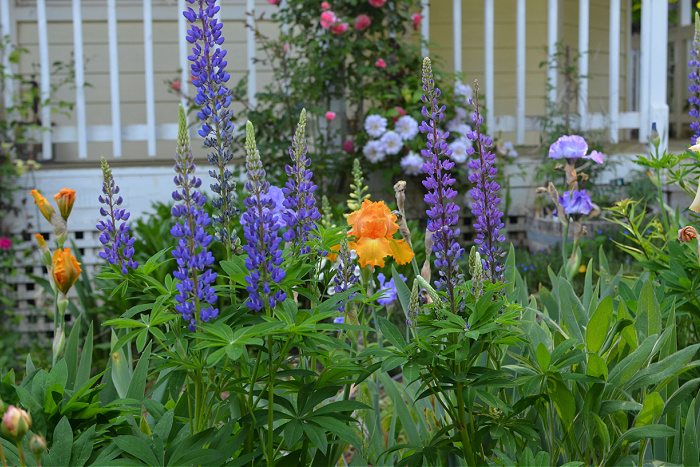
With the right care and attention, you can watch these delightful flowers transform your outdoor space into a blooming paradise.
Happy gardening!


